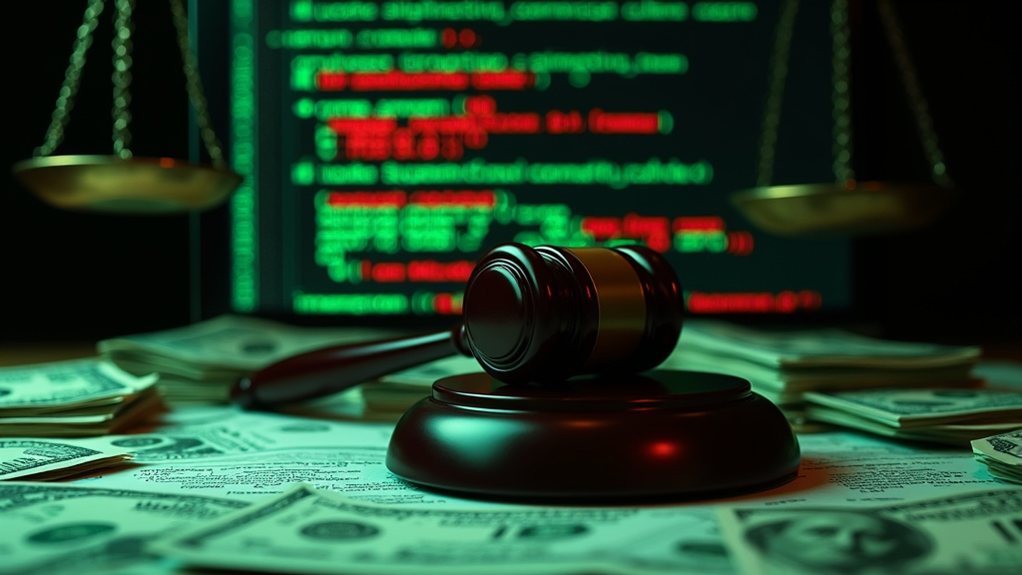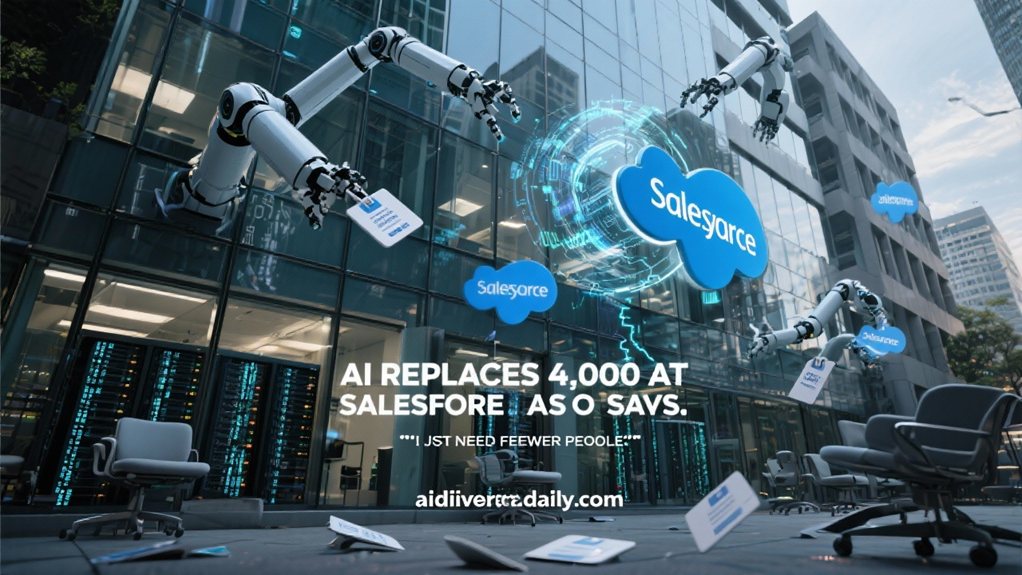
As generative AI becomes more accessible to the public, tech companies are desperately racing to teach their creations when to shut up. These powerful language models need serious guardrails. Without them? Total chaos.
AI systems learn boundaries through fine-tuning—a process where they’re fundamentally told “do this, not that” using carefully selected examples. Companies like OpenAI use reinforcement learning from human feedback (RLHF), where humans score AI responses based on appropriateness. It’s digital training wheels, but with higher stakes. Algorithmic bias remains a persistent challenge in training AI to respond appropriately across diverse populations.
Teaching AI boundaries is like potty-training a nuclear reactor—necessary, high-stakes work where mistakes aren’t an option.
Filters play a critical role too, scanning both what users ask and what AI spits out. These digital bouncers stand guard, ready to block harmful content before it ever sees daylight. But they’re imperfect. Set them too strict, and legitimate requests get blocked. Too loose? Hello, instructions for making explosives.
Behind the scenes, invisible system prompts whisper constant reminders into AI’s digital ear: “ignore harmful requests,” they say. These hidden instructions guide behavior without users ever knowing. Sneaky, but necessary.
The foundation matters just as much. Dataset filtering removes toxic content before training even begins—like sanitizing the AI’s educational diet. Remove the violence and sexual content, and theoretically, you prevent the model from regurgitating it later. Simple, right?
Wrong. Despite all these measures, AI systems still struggle. Why? Language is complicated. Context is everything. What’s harmful in one situation might be educational in another. A single catastrophic misuse incident could have devastating consequences, making reliable prevention methods essential before releasing more powerful AI models.
Tech companies rely on monitoring systems as their last line of defense, flagging suspicious behavior patterns while trying not to invade privacy. Users who repeatedly try to break the rules find themselves limited or banned altogether.
It’s an endless cat-and-mouse game. As protective measures evolve, so do techniques to bypass them. Leading AI developers are increasingly committed to responsible data sourcing that avoids child exploitation material in their training datasets. The truth is uncomfortable but unavoidable: perfect AI safety remains elusive. These systems are getting better at saying “no,” but they’re still learning—and sometimes, they forget their manners at the worst possible moments.








